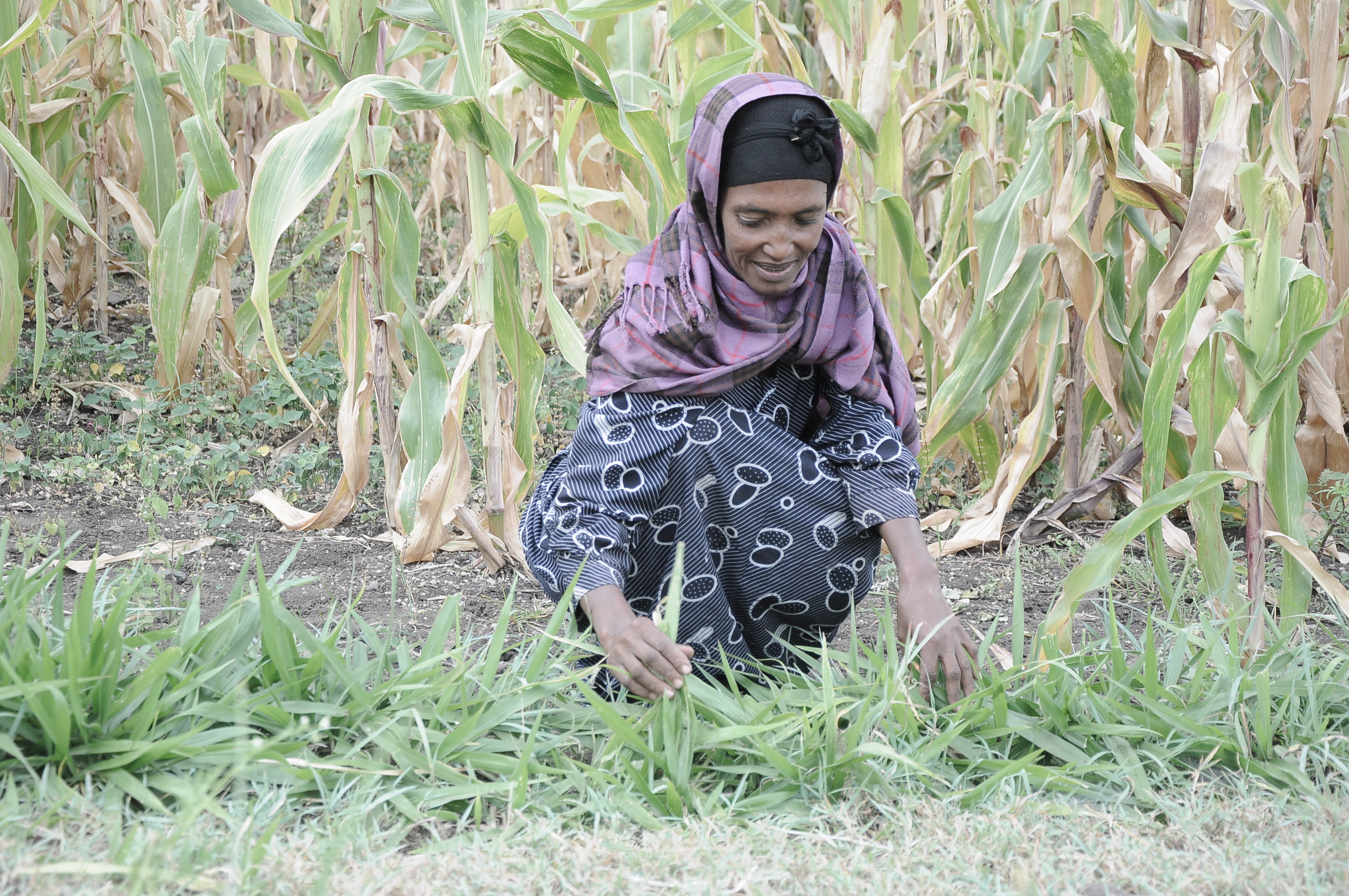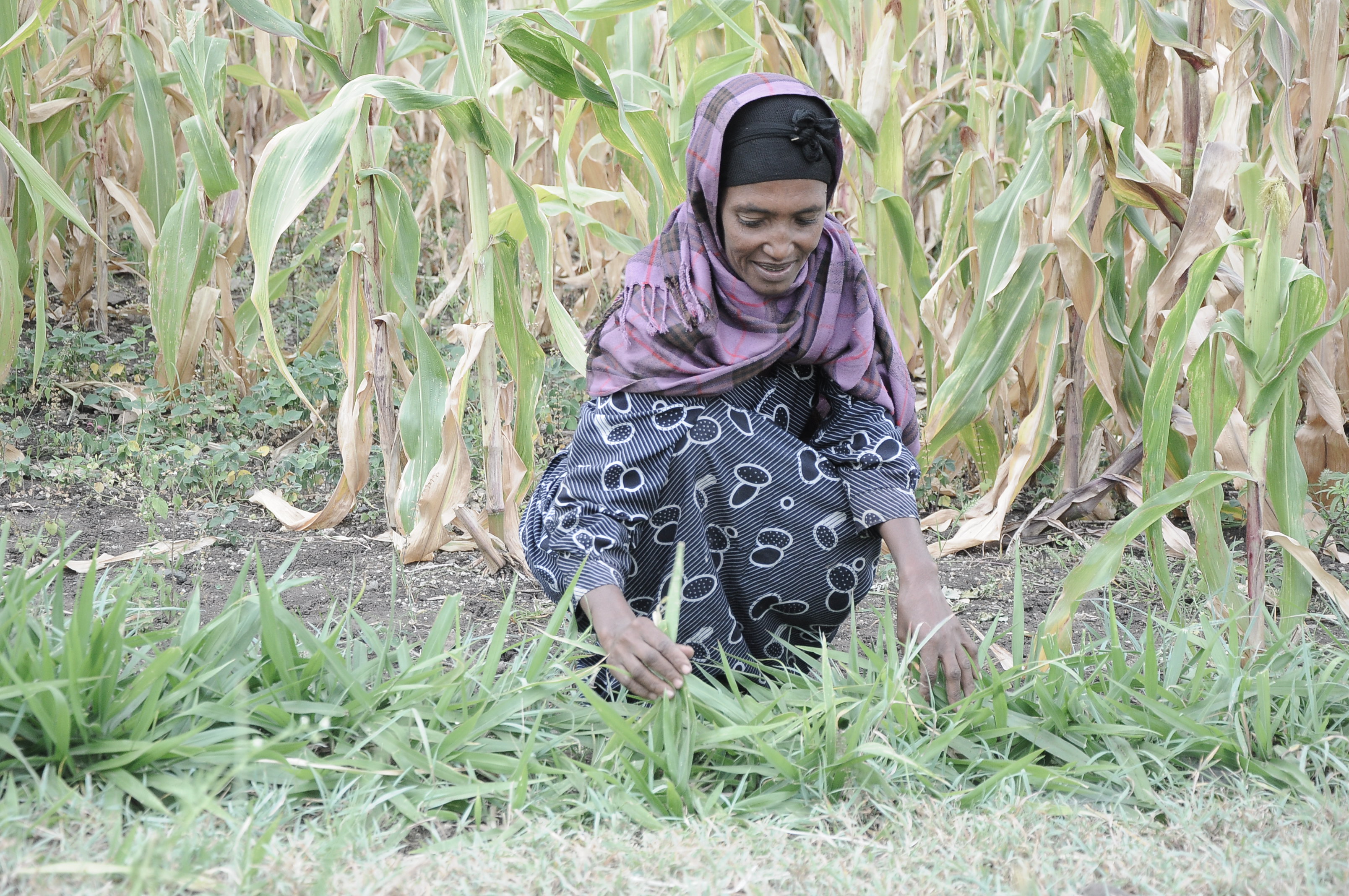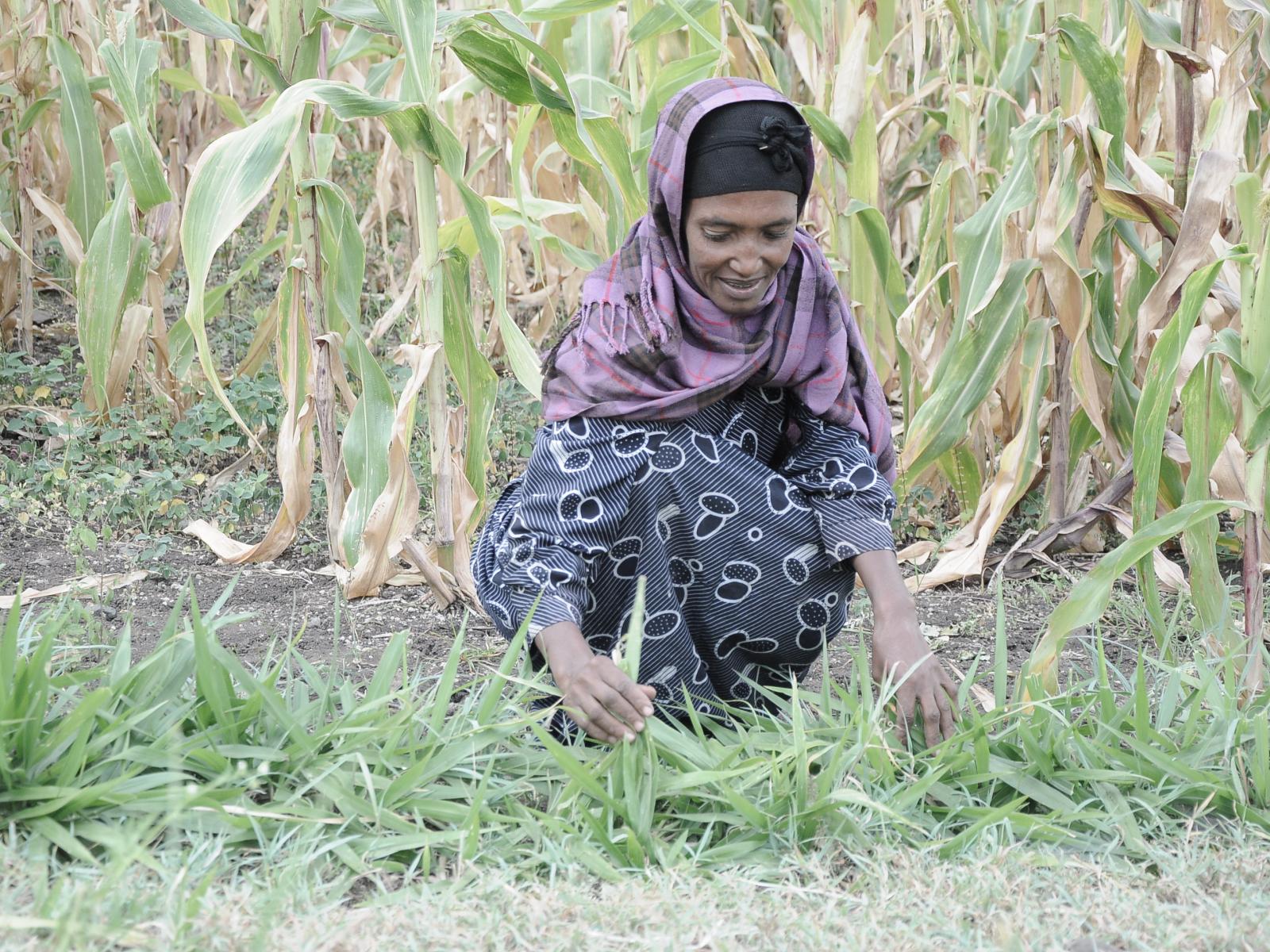An Overview Of Our Solution
- Population Impacted:
- Continent: Africa
Organization type
Population impacted
Size of agricultural area
Production quantity
People employed
Describe your solution
Describe your implementation
External connections
What is the environmental or ecological challenge you are targeting with your solution?
Describe the context in which you are operating
The farming sector is characterized by low yields (average 1.76 t/ha in 2014), lack of improvements in agricultural tools, particularly for the work of women, and high vulnerability to environmental shocks due to land degradation and changes in climate. Over the past 20 years, droughts have become more frequent, but ISD has observed that farmers making and using compost and other agro-ecological practices have been able to resist these challenges. Maize and sorghum are among the major five crops in terms of production and area coverage. However, the yield of these crops is severely affected by larvae of stem borer moths and the parasitic weed Striga. Striga is also parasitizing finger millet and teff in some areas. Many control options, including pesticides, have been tried to control these biotic problems with much expense and little success.
How did you impact natural resource use and greenhouse gas emissions?
Language(s)
Social/Community
Water
Food Security/Nutrition
Economic/Sustainable Development
Climate
Sustainability
ISD’s experience is that once the farmers see the advantages of an improved technology, such use of compost and PPT, they continue to implement without any repeated support. All agricultural interventions depend on building and maintaining the health and fertility of the soil. The biggest challenge in sustainability is the social make-up of and pressure on farmers themselves to commit to new and improved agricultural production methods. Once a farmer has implemented and seen the benefits of PPT in his/her own fields, they continue both to continue implementing for themselves and sharing with their neighbours. Farmers are also very willing to supply testimonials in public meetings, through media and in the evaluation processes.
Return on investment
Entrant Image

Entrant Banner Image

